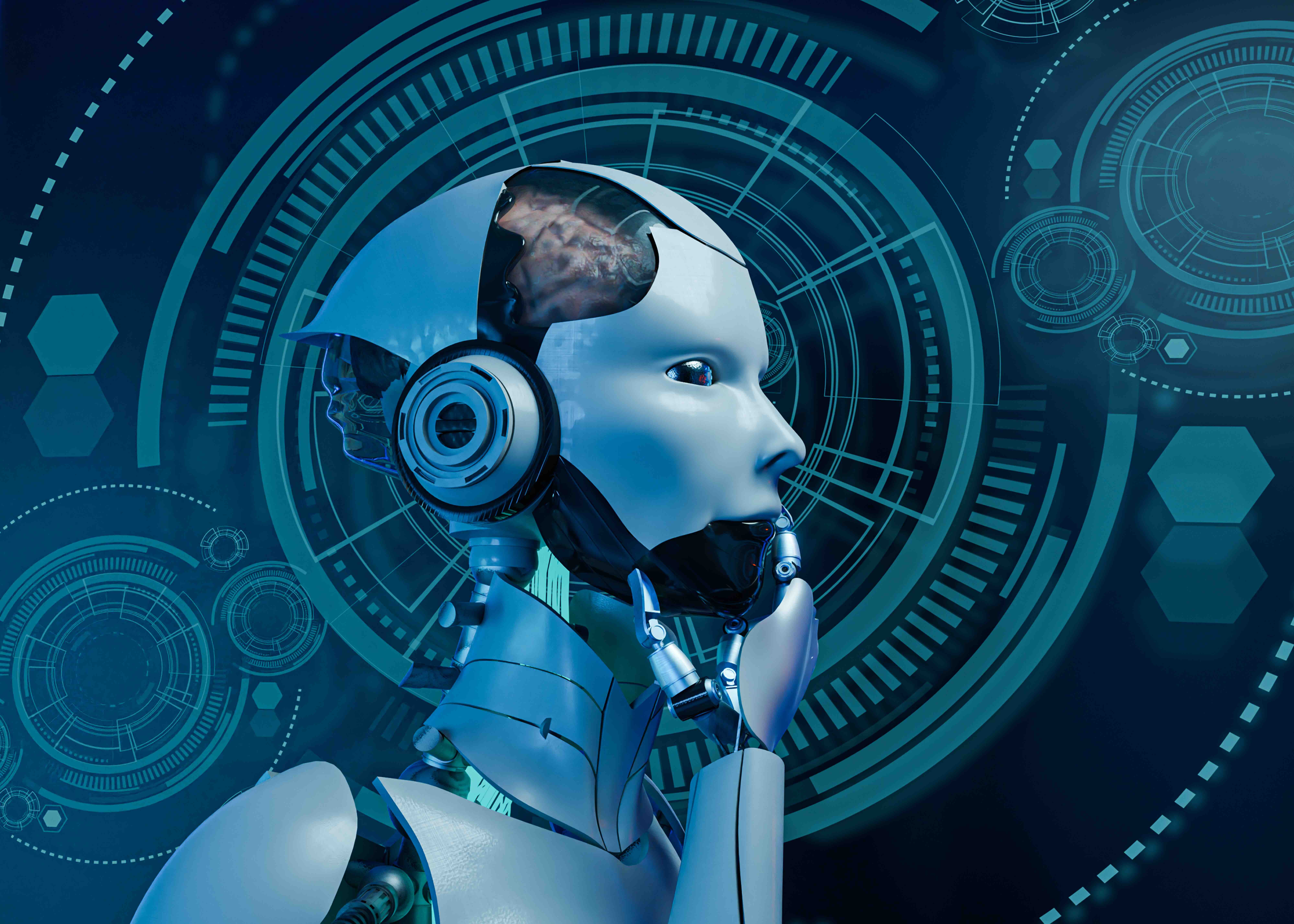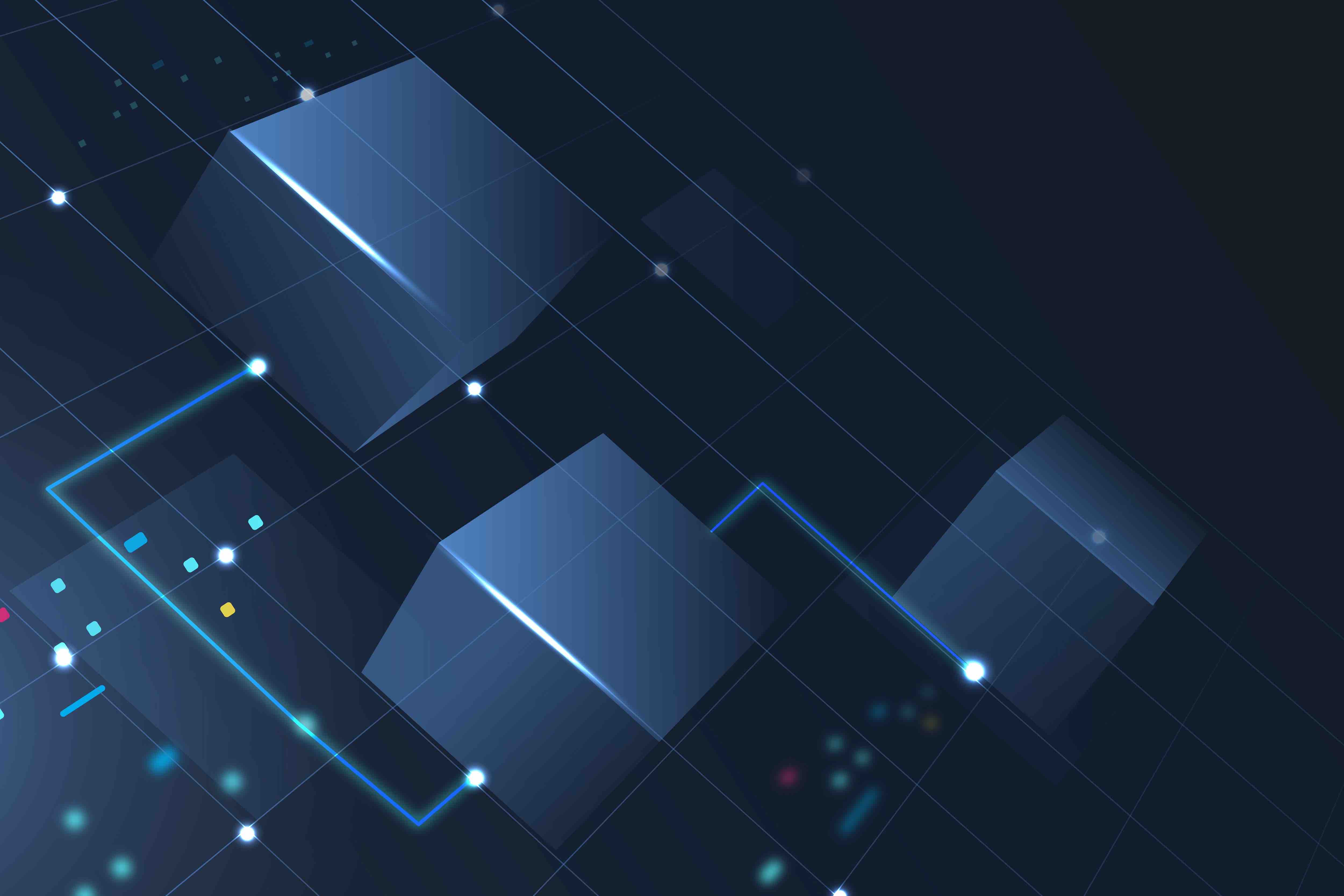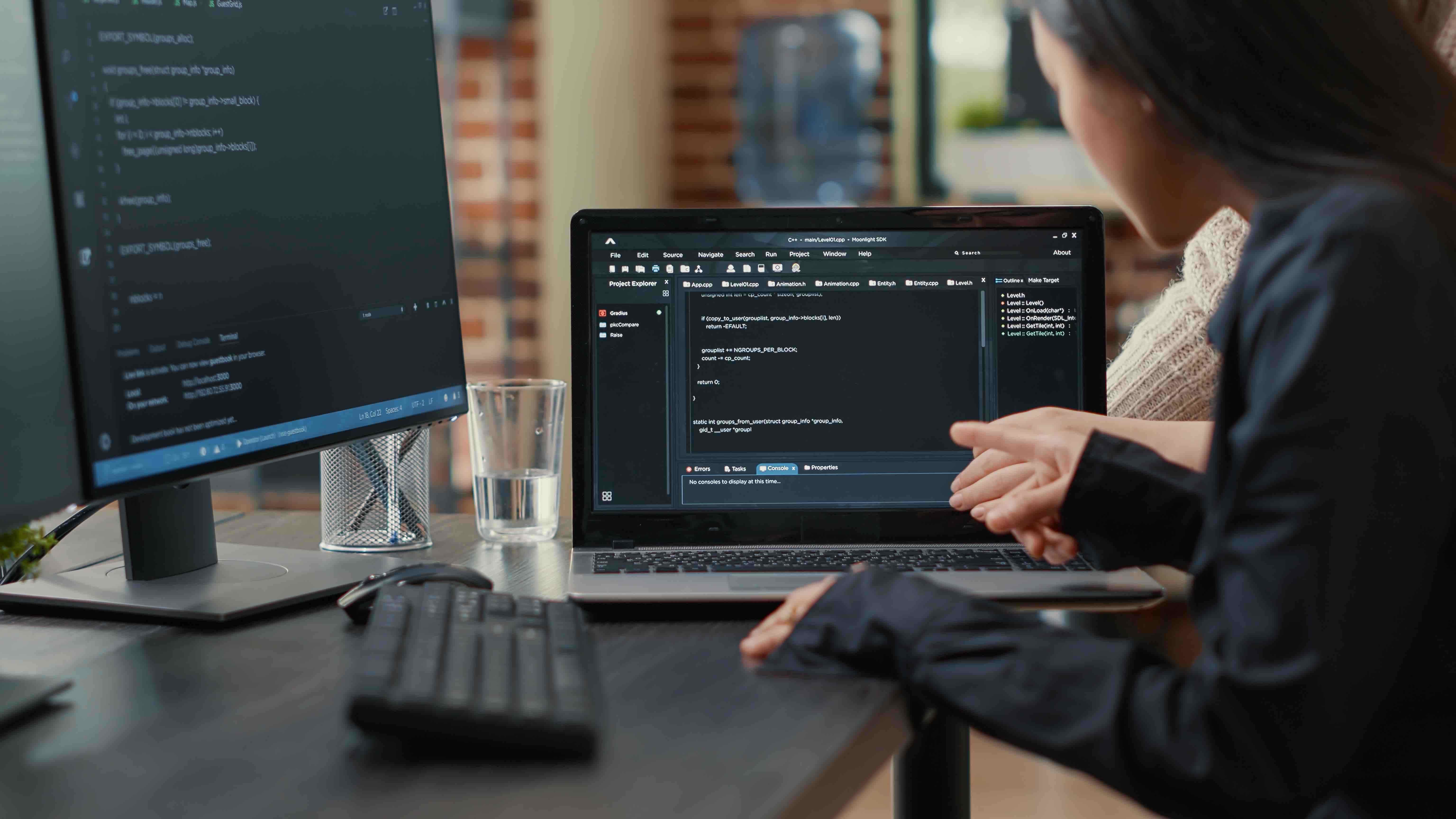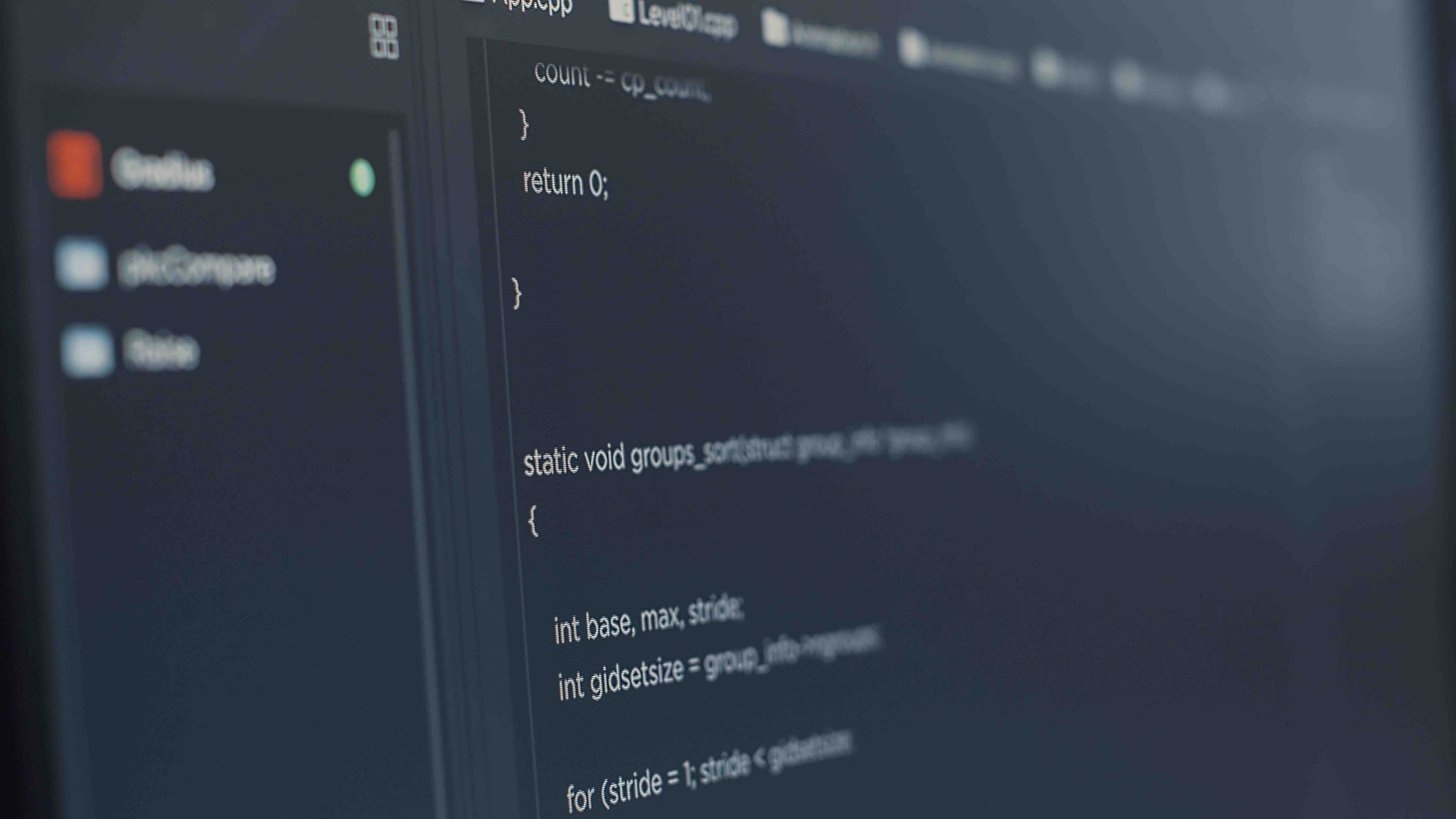Drone development using the Internet of Things
Did you know that drones are making their way into more commercial applications than before? Read on to know what’s new in drone driven IoT. Drones are being used by the world’s military forces for more than a decade now.

A brief history of drones
Drones are being used by the military for observatory purposes for more than a two decades now. Air warfare is more than a hundred years old, first used by the Italians for invading Libya in 1911. The development of drones was in the works even then. Even with the advantages of aerial power, humans still needed to strap themselves into the devices and fly them. This limited their functionality and risks that could be taken in a war zone.
The concept of unmanned fight was first toyed upon during the Great War. Prototypes were built and tests were carried out, but they rarely worked the way they were supposed to. During the Second World War, both USA and Germany were working to develop unmanned flights. The American engineers tried to use the remote control devices - which were still crude at that time - and failed miserably, resulting in a loss of few lives. The Germans however, realizing the difficulties in building full-scale pilotless airplanes, switched to rocketry. Hundreds of German rocket engineers and Nazi scientists were brought to the United States after the war and were granted citizenships in exchange for their help in rocket engineering efforts.
The development of drones stagnated for decades because there was little need for them due to the multiple developments in rocketry. As the drawbacks of rockets were later realized, Air Force engineers began to tinker with unmanned aircrafts, in particular for use in surveillance flights which required less sophisticated piloting. Ultimately, modern day drones were made possible with major improvements in computing and electronic controlling systems.

Advancements in smart phone technology have shot the drones out of the military and into our homes. Investments by technology giants of our era that created ARM core processors, GPS sensors and batteries are being used in drones today. Also with the Internet of things, drones do not need a separate device to control them; that can be done through a smart phone or through the cloud. The commercial and consumer applications of drones are being realized as they are venturing into previously unknown territories – in the hands of the common user.
Commercial and consumer applications
Due to their relatively small size and ability to fly without an on-board pilot, it is being discovered that drones have countless commercial applications that have captured the attention of hobbyists and investors. Here are a few of the fields across which drones have started making waves.
Delivery
A delivery drone, also known as parcelcopter, can be utilized to transport packages, food and other goods. Drones could allow businesses to deliver products to customers without having to send a human. Most notably, Amazon has started a drone delivery initiative which is still under consideration by FAA.
When viewed from an economic perspective, it is easy to see how delivery could be an elegant technological solution. The economics of delivery are driven by two factors - route density and drop size.
Route density is the number of drop offs you can make on a delivery route.
Drop-size is the number of parcels delivered per stop.
If you make a lot of deliveries over a short period of time or distance, the cost per delivery will be low. Likewise, if you drop off lots of parcels at the same location, the cost per parcel will be low. If products start close enough to consumers that drones can deliver them in 30 minutes, we may very well see drone delivery even if it costs more than the truck. There haven’t been many analyses of drone air freight costs. The ones that do exist suggest that drones have the potential of being both faster and cheaper than traditional delivery methods.

Internet Services
The World Economic Forum highlighted in a report that while our increasingly hyper-connected world brings many benefits, it also exacerbates inequalities for a large portion of the global population that have limited or no internet access. An all-wireless network in the sky being planned by two of the greatest technological giants, will have far reaching benefits. Such a network would be far less expensive, far more disruptive and take far less time to build than implementing a wired/land based infrastructure over very large swaths of the earth where no communications infrastructure currently exists.
However, this method may face challenges as it is required to create networks that float above the clouds and are suitable for providing internet access to remote populations. Keeping data flowing across a wireless communication link through a range of weather conditions without suffering reduced performance or outright loss of signal will be another challenge.
The telecom industry has tried a range of different approaches to improve the uptime of prevailing wireless technologies, but these solutions have mostly resulted in small, incremental improvements. What has worked is combining two diverse wireless technologies (such optical and millimeter wave signals) that can compensate for each other’s shortcomings without interfering with each other’s signal. In this setup, both signals need to be treated as equals, versus the alternative of treating one signal as a primary and the other as a backup. This allows for the output data streams to be combined to yield the strongest possible received signal. With this approach, the link can deliver fiber-like performance in terms of speed and reliability, even over fairly long distances.
News
News stations have been using helicopters, which are expensive and come with a set of limitations because of their huge size. Drones equipped with cameras can fly lower and into smaller areas than larger manned aircrafts. Drones can revolutionize journalism and would really give viewers a unique look at dangerous or difficult to access events such as natural disasters, protests and wars. The media will ultimately be able to use drones in news gathering, any time of the day and night, in rural and urban areas, broadcasting high-definition quality. Viewers could one day get a look into the driver’s side window of a speeding car instead of wide aerial shots of the freeway in a high-speed chase.
Agriculture
Although farming is not usually associated with cutting-edge technology, agriculture could reap the benefits of drones. Large scale farmers might utilize aerial views from the drones to monitor crop growth. Even historically, because of the advancements in agricultural technology, civilizations were formed. Today, we are going to have to call on the agriculture industry again to make more of those huge technological leaps in order to sustain the civilization.
The population of the world is expected to double by 2050, which means there will be around two billion more mouths to feed. Given the scale of this challenge, the obvious question is - how will it be possible to feed so many?
One approach is to take the “grow more” route. It has worked in the past. However, this approach requires more pasture clearing and more land converted to farmland. This has had an enormous impact on the environment, with agriculture contributing significantly to climate change through greenhouse gas emissions and deforestation. And in a vicious circle, climate change in turn negatively impacts agriculture by diminishing crop yields.
Another route is the “grow more by growing better” route, or, the sustainable route. This is where drones come in. Drones can contribute to a more sustainable world. They can collect the aerial data that farmers need to better understand and predict crop yield, assess crop health and weed cover, and perhaps most importantly when it comes to environmental sustainability, monitor and target water and fertilizer distribution and application. These farming techniques are popularly called precision agriculture, which can save farmers’ money and time, as well as help them enhance their crop quality, yields, and profits on those yields, and optimize the usage and output of farmland.
For instance, 3DR Mapping Platforms can automatically capture aerial images to create maps that help farmers scout their crops and monitor soil quality, crop stress and vigor. Crop consultants and agronomists can use those same images to identify and assess crop health, irrigation and yield patterns, and even predict crop yield in advance. Accordingly, they can target their distribution of fertilizer and water, which not only have a huge environmental impact but are also the two biggest cost inputs for farming. If farmers want, one cm/pixel resolution offered by some drones can even allow them to see clearly and accurately right down to each individual grape. They would not need to spend so much time scouting their crops on foot, and can appropriate that time instead to production. Further, because drones are fully automated, farmers and agronomists can save flight paths in the mission planning software and fly identical missions at different times of year, or even from one year to the next, allowing them to overlay and compare data and development across time.
| Seasons | Spring | Summer | Autumn | Winter |
|---|---|---|---|---|
| Drone usage | Early analysis of soils, tillage, tile and drainage | Stand count and gapanalysis | Dry down the harvestand stand consistency observation | Assessment of input and machinery performance |
| Year around usage |
|
|||
Photography and Filming
Drones are now being used to mount cameras and take aerial shots which were previously possible only by the use of helicopters. This has resulted in a less noisy and vibration free medium which is cost effective and can be used by budding photographers and filmmakers. The emergence of pilotless aircraft presents some very unique opportunities for filmmakers. With drones, aerial shots and even crane shots become much easier and more viable.
Capturing images previously unattainable, or attainable only by spending thousands of dollars a day on helicopters, is just the start of what drones can do for movies. The possibilities for drones for documentary filmmaking are particularly exciting. They are small and can fit in a backpack. They can be taken while travelling wherever you want and get amazing footage. Indie filmmakers are in a good position to be at the forefront of drone cinematography. As long as they follow local ordinances and few other guidelines, they can power up their drones and get all kinds of incredible shots.
Even real estate agents could contract a drone-savvy photographer to take aerial shots of a property, and festival organizers could conduct accurate headcounts using overhead photos. Some of the big production houses have also turned to drones now because of the many benefits they provide. A recent international movie created much hype after it was reported that drones were being used for filming.
There are technical hurdles to full-fledged drone filmmaking beyond learning to fly a drone. Image quality and stabilization are still a challenge, and the battery life of drones does not allow for long shoots—if the drone is carrying something as heavy as a Red camera, the flight time can be as little as three minutes. But for directors willing to learn how to do it or willing to hire pilots that have, the future of drone shots is wide open.

Public and Emergency Services
A future with drones replacing first responders is not as far-fetched as one would think. For example, a defibrillator carrying drone can reach remote areas where a defibrillator is not readily available. The drone can be manned using a smartphone and a witness to a heart-attack related incident. Once activated, the drone zooms over to the victim and witness’s location using GPS data and drops the defibrillator for use. They can also be used to fix power cables or check for faults in remote areas where human intervention would take a lot of time. Even in case of a natural disaster, drones may be used to provide relief workers with better situational awareness, locate survivors amidst the rubble, perform structural analysis of damaged infrastructure, deliver needed supplies and equipment, evacuate casualties, and help extinguish fires—among many other potential applications.
Drone hardware technology
There are mainly two kinds of drones, a rotary UAV and a fixed wing UAV. The term UAV stands for Unmanned Aerial Vehicle.
Fixed Wing UAV
A fixed wing UAV consists of a rigid wing that has a predetermined airfoil (again another variable) which makes flight capable by generating lift caused by the UAV’s forward airspeed. This airspeed is generated by forward thrust usually by the means of a propeller being turned by an internal combustion engine or electric motor. Control of the UAV comes from control surfaces built into the wing itself, these traditionally consist of ailerons, an elevator and a rudder. They allow the UAV to freely rotate around three axes that are perpendicular to each other and intersect at the UAV’s center of gravity. The elevator controlling the Pitch (Lateral axis), ailerons controlling the Roll (Longitudinal axis) and the rudder controlling the Yaw (Vertical axis).

Advantages and Disadvantages
The main advantage of a fixed wing UAV is that it consists of a much simpler structure in comparison to a rotary wing. The simpler structure provides a less complicated maintenance and repair process, thus allowing the user more operational time at a lower cost. More importantly, the simple structure ensures more efficient aerodynamics that provides the advantage of longer flight durations at higher speeds, thus enabling larger survey areas per given flight.
Another advantage of fixed wing UAVs is that they can showcase natural gliding capabilities with no power.
Also worth considering is the fact that fixed-wing aircrafts are also able to carry greater payloads for longer distances on less power allowing you to carry some of the bigger (read: more expensive) sensors as well as twin sensor configurations.
The only disadvantage to a fixed wing solution is the need for a runway or launcher for take-off and landing. However, VTOL (vertical take-off/landing) and STOL (short take off/landing) solutions are very popular to help eradicate this issue. Also. fixed wing drones require air moving over their wings to generate lift, they must stay in a constant forward motion, which means they can’t stay stationary the same way a rotary wing UAV can. This means fixed wing solutions are not best suited for stationary applications like inspection work.
Rotary UAV
Rotary wing UAVs consist of 2 or 3 rotor blades that revolve around a fixed mast, this is known as a rotor. Rotary wing UAVs also come in wide range of setups consisting of a minimum of one rotor (helicopter), 3 rotors (tricopter), 4 rotors (quadcopter), 6 rotors (hexacopter), 8 rotors (octocopter) as well as more unusual setups like 12 and 16 rotors! Like fixed wing solutions, these setups can be further broken down, for example a Y6 setup consists of a tricopter with twin rotors on each arm, one pointing upwards and one pointing downwards and an X8 consists of a quadcopter with twin motors on each arm. Again, each setup has their own unique characteristic advantages and disadvantages.

With rotor wing UAVs, constant aircraft forward movement is not needed to produce airflow over the blades. Instead, the blades themselves are in constant movement to produce the required airflow over their air foil to generate lift.
The control of rotary UAVs comes from the variation in thrust and torque from its rotors. For example, a quadcopter’s downward pitch is generated from the rear rotors producing more thrust than the rotors in the front, this enables the rear of the quadcopter to raise higher than the front, thus producing a nose down flight. Yaw movement uses the rotor’s torque force where diagonal rotors either spool more or less than their counter diagonal rotors, thus producing an imbalance in the Yaw axis causing the quadcopter to rotate on the vertical axis.
Tricopters are the only exception to this where their rear rotor requires a servo to physically move the rotor to vector its thrust rather than using the rotor’s torque to enable vertical axis control.
Advantages and Disadvantages
The biggest advantage of rotary drones is the ability to take-off and land vertically. This allows the user to operate within a smaller vicinity with no substantial landing/take off area required. Their capacity to hover and perform agile manoeuvring makes rotary wing drones well suited to applications like inspections where precision manoeuvring and the ability to maintain a visual on a single target for extended periods of time is required.
On the flip side, rotary wing drones involve greater mechanical and electronic complexity, which translates to more complicated maintenance and repair processes. Such downtime reduces the drone’s operational time, which in turn increases its operational costs.
Finally, due to their lower speeds and shorter flight ranges the operator will require many additional flights to survey any significant areas, another increase in time and operational costs.
Drone software technology with the Internet of Things
A drone functions as just another connected thing on the Internet; one with a unique perspective to gather intelligence. A drone these days is a connected device - carrying sensors, fully autonomous, connected to the Internet, providing a perspective from the air that's not easy to get. Equipped with the ability to gather a half terabyte per hour per drone, drones can be used to collect big data that, if properly analyzed, could benefit some of the world's biggest industries and help to solve humanity’s greatest problems.
The advancements in smart phones has developed new opportunities for drone aviation. There are app stores coming up that are solely for drones. Anyone can download a new behavior for their drones from these app stores. These apps enable the user to control many features of their drones from their smart phones. Turning lights on and off, making sounds, controlling motors, taking pictures and videos, maneuvering the drone and many more functions can be controlled with the help of these apps. A drone can carry a variety of sensors such as temperature or humidity or high definition cameras. These drones have Wi-Fi connection which can be controlled through any mobile device with greater autonomy. The goal is to have drones capable of measuring in real time and in motion in any kind of situation.
Users can also connect other hardware to their drone to capture data during flights and store it in the cloud. They can also process the same data on any mobile device chosen by the user. A fleet of drones can also be managed by certain apps which helps in a number of ways.
The intent here is not reinventing the ground control situation, but to evolve it to an open architecture so drone owners can reuse software.
Challenges:
The expected rise in the use of drones for a host of different applications may leave operators exposed to a whole new set of risks, including third-party damage or injury and liability. Some of the requirements that future drones must possess are listed below.
-
Designated Delivery Spots – Much like mail delivery, drones will need designated places for package delivery. Commercial delivery to businesses will have different guidelines from home deliveries.
-
Conditional Awareness Drones will invariably fly into unusual situations, and whether it’s swarms of bees, bird attacks, lightning strikes or signal jammers, they will need to alert operators of problems as soon as they arise.
-
Black Boxes Much like today’s commercial aircrafts, whenever a drone crashes, some sort of signalling device will be needed to allow for follow-up investigation and clean-up.
-
Maintenance Plans Today’s hobbyist drones seem like simple contraptions, but higher end delivery drones will need a consistent schedule for prop replacement, motor alignment, sensor checks, controller board cleaning, etc.
-
Override Kill Switch Wireless signals are far from perfect. If a signal is lost, hacked, or hijacked, the drone must either return home or be removed from danger.
-
Drone Classification System Drones are being created in thousands of different shapes and sizes with thousands of different capabilities. A comprehensive classification system will be needed to properly manage and regulate this industry.
-
Vehicle Licensing Every drone that falls within certain classification guidelines will need to be licensed and insured.
-
Weather Contingency Plans Every drone will have to deal with extreme weather at one time or another. Dealing with conditions such as wind, rain, snow, hail, extreme heat or extreme cold will need a contingency plan for both the retrieval and safe delivery of the cargo.
-
Privacy Rules Privacy means different things to different people, but flying drones with cameras, scanners, and sensors gives nefarious people far more capabilities than ever before. Privacy rules will need to be established sooner than later.
-
Drone Spam Rules Much like junk mail and spam email, flying drones open up the possibility of receiving everything from annoying product samples to mean-spirited pranks.
-
Noise Guidelines The larger the drone and the greater the distance it has to cover, the larger the engine it will need to operate. Since electric drones only cover short distances, some form of petrochemical fuel will be needed, and these vehicles will be noisy. Rather than waiting for 10,000 communities to imposed their own one-off noise ordinances, it would be better for the industry to be proactive in this area.
-
Collision Avoidance Systems With the potential of flying into everything from power lines to trees, windmills, Christmas decorations, and other UAVs, a comprehensive collision avoidance system will be necessary.
-
Crowded Skies Navigation System At some point in the future, there may be as many as 10,000 drones flying over a city on any given day. Not only will they need to avoid flying into buildings, trees, and commercial aircrafts but they will also need to avoid other drones.
-
Political Awareness Paranoia is already rampant when it comes to all the bad things people can do with drones. For this reason, it’s imperative that makers and the upholders of the law be educated so they can understand the costs and benefits associated with their decisions.
The drone models available today are promising but far from concrete, especially with drone related issues of privacy and airspace regulation. But the concept is gaining public interest and more and more people each are getting interested to know and use drones. There are so many specific questions that are unanswered about what the drones can do. But with this increased public interest, in time many of the questions would be answered and issues that authorities have regarding drones would be solved.
This whitepaper has been released by Allerin Tech Pvt. Ltd. Allerin provides IoT software and services, including drone-driven technology, to global enterprises. Know more at www.allerin.com
Copyright © 2025 Allerin Tech Pvt Ltd



